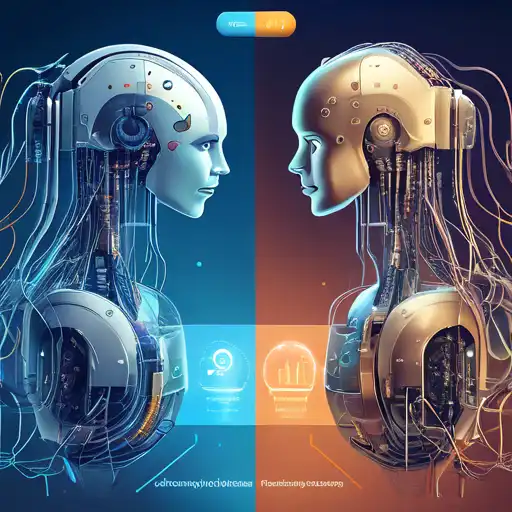Introduction to Machine Learning and Deep Learning
In the rapidly evolving field of artificial intelligence (AI), Machine Learning (ML) and Deep Learning (DL) stand out as two of the most significant and talked-about technologies. While they are often used interchangeably, they are not the same. This article delves into the key differences between ML and DL, helping you understand which technology might be best suited for your needs.
What is Machine Learning?
Machine Learning is a subset of AI that enables systems to learn from data, identify patterns, and make decisions with minimal human intervention. ML algorithms are trained using large sets of data, and they improve their accuracy over time without being explicitly programmed to do so.
Types of Machine Learning
- Supervised Learning: The algorithm learns from labeled data.
- Unsupervised Learning: The algorithm finds hidden patterns or intrinsic structures in input data.
- Reinforcement Learning: The algorithm learns by interacting with an environment to achieve a goal.
What is Deep Learning?
Deep Learning, a subset of ML, uses neural networks with many layers (hence the term 'deep') to analyze various factors of data. It is particularly effective in processing unstructured data like images and speech.
Key Features of Deep Learning
- Automates feature extraction, reducing the need for human intervention.
- Excels in handling large volumes of unstructured data.
- Requires significant computational power and data to train models effectively.
Machine Learning vs. Deep Learning: Key Differences
While both ML and DL aim to teach machines to learn from data, their approaches, capabilities, and applications differ significantly.
Data Dependencies
DL algorithms require large amounts of data to perform well, whereas ML algorithms can work with smaller datasets.
Hardware Requirements
DL models are computationally intensive and often require GPUs for training, unlike ML models that can be trained on CPUs.
Feature Engineering
In ML, feature extraction is mostly manual, requiring domain expertise. DL automates this process, making it more efficient for complex tasks.
Interpretability
ML models are generally easier to interpret and explain than DL models, which are often considered 'black boxes'.
Choosing Between Machine Learning and Deep Learning
The choice between ML and DL depends on several factors, including the size of your dataset, the complexity of the problem, and the computational resources available. For more insights on selecting the right approach, explore our guide on AI Technologies.
Conclusion
Understanding the differences between Machine Learning and Deep Learning is crucial for leveraging the right technology for your projects. While ML offers simplicity and efficiency for smaller datasets, DL provides unparalleled accuracy for complex, large-scale data analysis. As the field of AI continues to grow, staying informed about these technologies will be key to harnessing their full potential.
